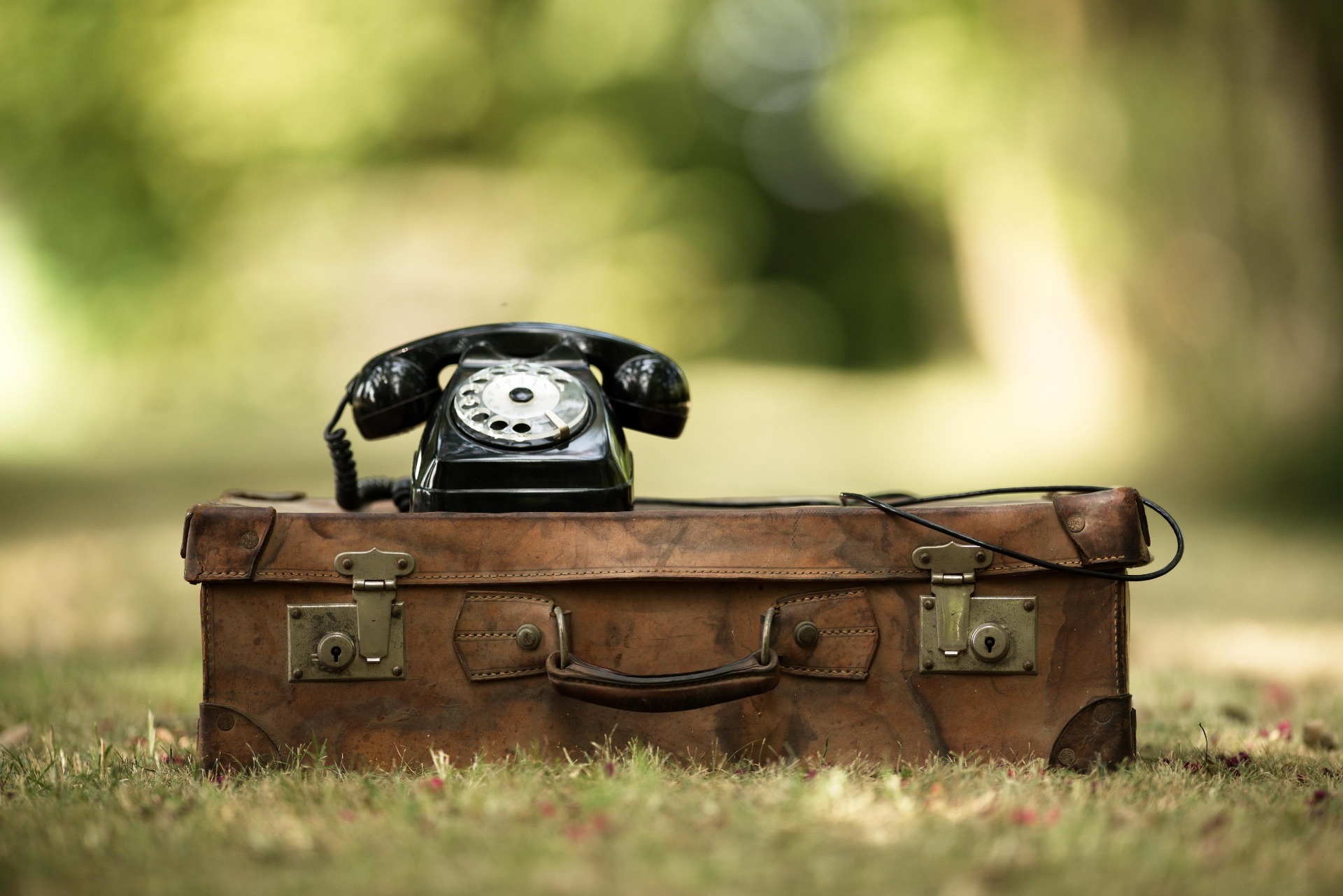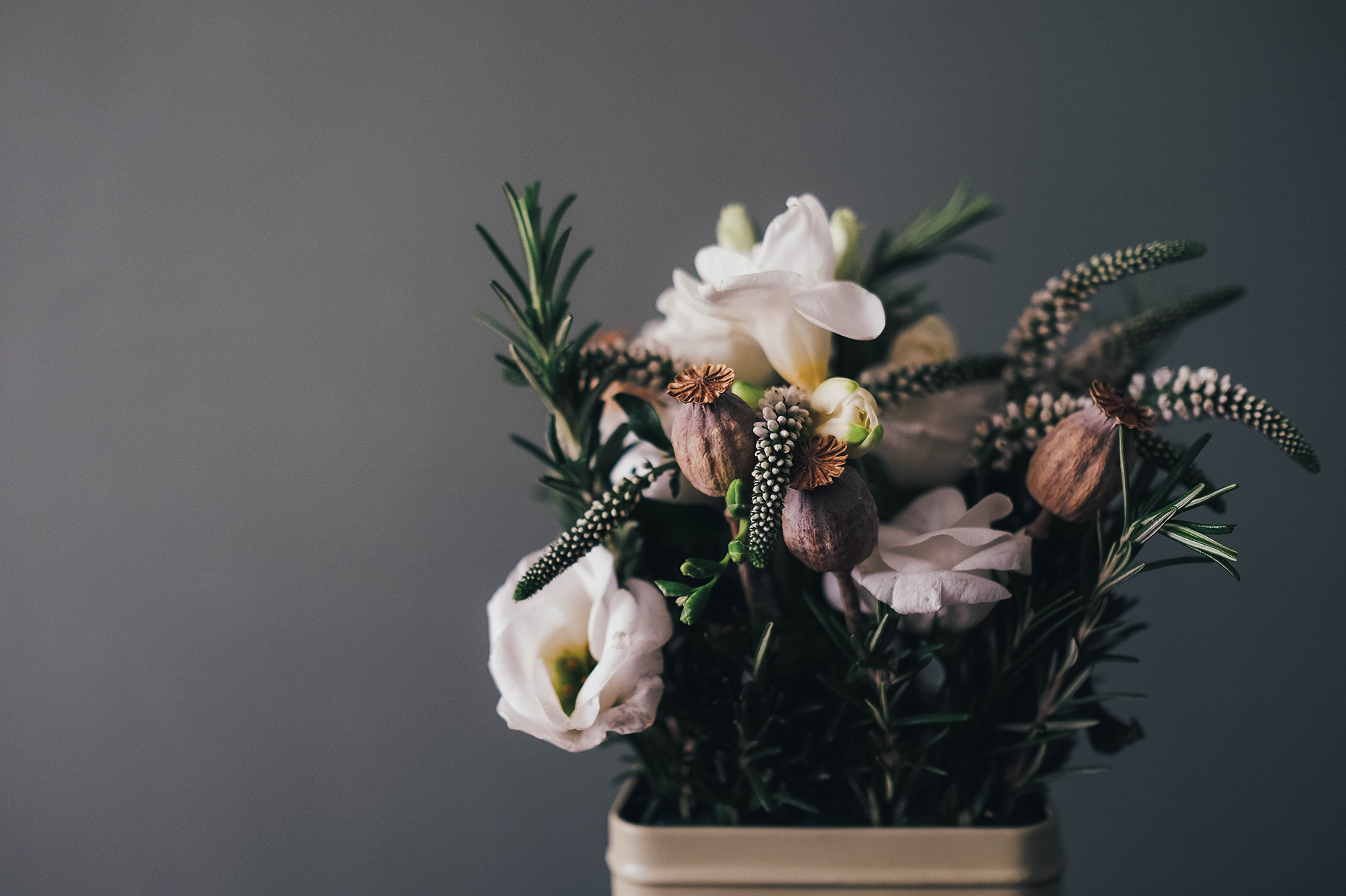SEGUNDO GRADO
WEEK 19 TO 23RD OCTOBER.
Watch the video and pay attention in the topics.
Observa el vídeo con mucha atención en los temas que se abordan
- Clothes.
- Colors.
- Adjetive to describe clothes.
- Simple presente review
- Present continuous.
TARGET VOCABULARY

a shirt CAMISA
a T- shirt PLAYERA
a jacket CHAMARRA
a suit UN TRAJE
pants PANTALÓN DE VESTIR
jeans PANTALÓN DE MEZCLILLA
shoes ZAPATOS.

a belt UN CINTURÓN
a blouse UNA BLUSA
shorts PANTALÓN CORTO
a skirt FALDA
a dress UN VESTIDO
high heels ZAPATILLAS
flip flops SANDALIAS
a tie UNA CORBATA

purple MORADO
yellow AMARILLO
green VERDE
red ROJO
blue AZUL
pink ROSA
orange NARANJA
white BLANCO
black NEGRO
brown
Actividad 1
Entra al enlace y contesta la actividad, solo debes mover la palabra con la prenda de vestir que le corresponde
Al finalizar manda un captura de pantalla con tu calificación al correo.
TALK ABOUT ROUTINES AND HABITS
ASK ABOUT CLOTHES
What do you usually wear?
I usually wear a blouse, a brown belt and jeans.
VAMOS A SEGUIR LA SIGUIENTE ESTRUCTURA
cuando hablamas de ell@s, ustedes, tu o yo
ADVERB
Always SIEMPRE
usually USUALMENTE
sometimes. A VECES
never NUNCA


Actividad 2
En tu cuaderno escribe que prendas de vestir sueles usar, guiate en el ejemplo de las imagenes .
Describe las prendas de vestir de las siguientes celebridades

Robert Downey Jr.

K-pop
SEGUNDO GRADO
WEEK 12-16 OCTOBER, 2020.
Watch the video and pay attention in the topics.
Observa el vídeo con mucha atención en los temas que se abordan
- Colors
- Greetings
- The date ( days of the week, months of the years, years
- His / Her ( review)
- Cardinal number (review)
- Ordinal numbers

Greetings ( saludos)
Formal greetings ( Saludos formales)
- Hello
- Good morning
- Good Afternoon
- Good evening
Informal greetings that use with friends (Saludos informales usados con los amig@s)
- Hi!
- What´s up? ( ¿Qué onda?)
- Hi there!
- Hey there!
- How's it going? ( ¿Cómo te esta llendo?)
En la medida de lo posible NO imprimas las actividades.

Escribe las conversaciones en tu cuaderno y completa con las palabra de los recuadros

His / Her
Para preguntar sobre una persona en especial (el o ella).Debemos recordar que usamos
His= de él Her= de ella
What is his name? His name is Rolando.
What is her name? Her name is Ariana Grande.
Para mencionar que son sus cosas las oraciones van de la siguiente manera
His/her + objeto
His pencilcase ( su lapicera de él)
Her colors ( sus colores de ella)
Days of the week and month of the year
Days of the week.
Monday (Lunes)
Tuesday (Martes)
Wednesday (Miércoles)
Thursday (Jueves)
Friday (Viernes)
Saturday (Sábado)
Sunday (Domingo)
Months of the years
January (Enero)
February (Febrero)
March (Marzo)
April (Abril)
May (Mayo)
June (Junio)
July (Julio)
August (Agosto)
September (Septiembre)
October (Octubre)
November (Noviembre)
December (Diciembre)
Para escribir la fecha seguimos el siguiente orden
mes + día + , + año
Telling the date
What is the date?
Today is October 14th, 2020.
Today is Wednesday.
Telling the year
Se divide en dos cifras el año por ejemplo:
twenty twenty 2020
twenty nineteen 2019
Twenty tewnty-one 2021

Busca un calendario 2019 y contesta las preguntas en tu cuaderno.

Numbers from 0 to 20 ( números naturales)
Del 1 al 12
one (1), two (2), three (3), four (4), five (5), six (6), seven (7), eight (8), nine (9), ten (10), eleven (11), twelve (12)Del 13 al 19
La terminación es "-teen" que suena como "tin" en español.
20, 30, 40, 50, 60, 70, 80, 90
La terminación es "-ty" y suena como "ti" en español.
Para formar decenas se añade un guión entre la decenas y el número.
twenty-one (21), thirty-two (32), forty-three (43), fifty-four(54), sixty-five (65), seventy-six (76), eighty-seven (87), ninety-eight (98)
Ordinal Numbers
Son números que ocupamos para mencionar el orden de las cosas.
En los pasos para seguir una receta, su ubicación final en una competencia, números de calles, siglos o los números de los pisos en un edificio.
Para contraer vamos usar las dos ultimas letras de cada numero, por ejemplo:
fifth = 5th second = 2nd eighteenth= 18th
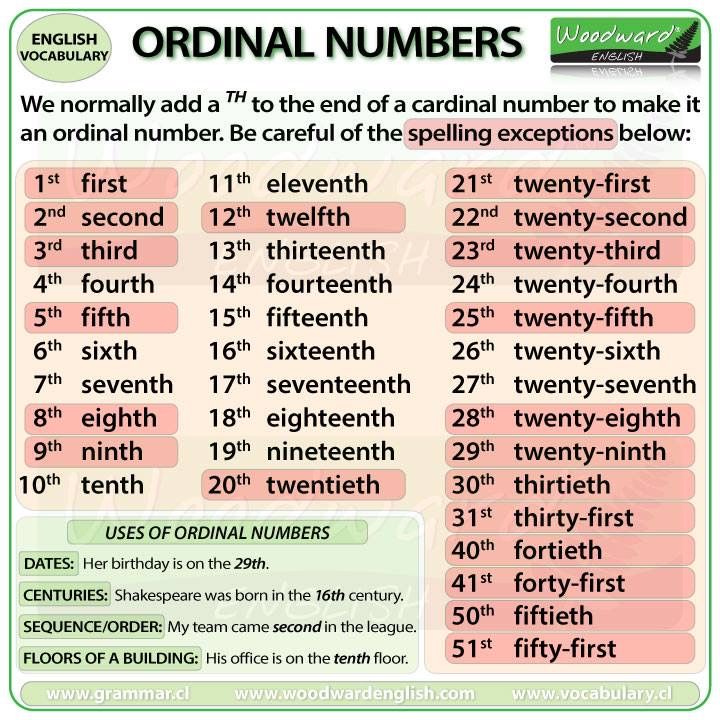

Completa la serie numérica en tu cuaderno.

Asking and talking about people's locations.
Where are you? (¿Dónde estas?)
I'm at home ( Estoy en casa)
Where is Leticia? (¿Dónde esta Leticia?)
She is in a church. ( Ella esta en la iglesia)
Where is Robbie? 8¿Dónde esta Robbie?)
He´s at the police station. ( El esta en la estación de policia.)
Where are they? (¿Dónde estan ellos?)
They are downtown ( Ell@s estan en el centro)

Asking and talking about people
Usamos estas dos preguntas para conocer la personalidad y el aspecto físico de los demás.
What is he like? (¿Cómo es él? Personalidad)
He is serious and rude. ( El es serio y rudo)
What does he look like? (¿Cómo es él? físico)
He is thin and tall.
His eyes are brown.
His hair is short, straight brown hair.
Describe a las siguientes figuras publicas Rihanna y Sean Paul.


CLASE ANTERIOR
SEGUNDO GRADO
Watch the video and pay attention in the topics.
Observa el vídeo con mucha atención y los temas que se abordan
- Adjetive to describe people
- Adjetive to describe hair
- The order of adjetives
- Yes / No questions ( Short answers)
- Have
Target vocaburaly

Adjetive for physical appearance. We use verb to be to write description , for example.
Adjetivo de apariencia física. Usamos el verbo to be para escribir la descripción, por ejemplo
Maria is tall and thin. She is pretty.
I am young and handsome.
Jose is short and plump.
You can find more vocabulary in this poster.
Puedes encontrar más vocabulario en este póster.

Actividad 1:
En tu cuaderno elabora un poster como el de la imagen. escribiendo las palabras en inglés y español

Adjetive for describe character. We use verb to be to write description , for example.
Jose is talkative ( José es parlanchín.)
Maria is optimistic (María es optimista)
I am shy (Yo soy timid@)


Anota en tu cuaderno el orden de los adjetivos. (adjetive order)
Adjetive for describe hair. We use HAVE/ HAS to write description .

.
The order of adjetives

Remember that we use has, when we are talking about one person. ( she, he or it)
And for the rest of the nouns we use have.
Recuerde que usamos has, cuando hablamos de una persona. (ella, el o esto)
Y para el resto de los sustantivos usamos have.
To describe the hair or eyes we follow the following order. length(size) + type of hair + colour + noun for example:
Para describir el cabello o los ojos seguimos el siguiente orden: largo (talla) + tipo de cabello + color + sustantivo. for example:
I have short wavy dark hair. I have small brown eyes
Jose has long curly brown hair. He has big blue eyes.
Maria has short straight blond hair. She has small dark eyes.

Activity 3.
Con la información anterior escribe tu descripción y la de un familiar en tu cuaderno.
Al finalizar tus tres actividades no olvides mandarla al correo para su revisión y registro.
SEGUNDO GRADO
WEEK 28 -2 OCTOBER
VÍDEO APRENDE EN CASA II
Observa el vídeo con mucha atención y los temas que se abordan
1. Daily routine
2. Hobbies
3. Simple present
4. Adding the -S ending
5. LIKE TO + VERB / LIKE + VERB - ING

Rutina diaria en inglés
Can you talk about your daily routine in English?
It is easy!
We only need a pronoun (subject), an activity and a complement.
¿Sabes hablar de tu rutina diaria en inglés?
¡Es fácil!
Solo necesitamos un pronombre (sujeto), una actividad y un complemento.
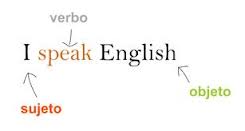
Vamos hacer un ejemplo:
I study math ( Yo estudio matemáticas)
I watch TV ( Yo veo televisión)
Activity 1
In your notebook write the date and make 5 sentences about your Daily routines in the morning.
you can use the routines that appear in the video and practice pronunciation
En tu cuaderno escribe la fecha y elabora 5 frases sobre tus rutinas diarias por la mañana.
Puede usar las rutinas que aparecen en el video y practicar la pronunciación
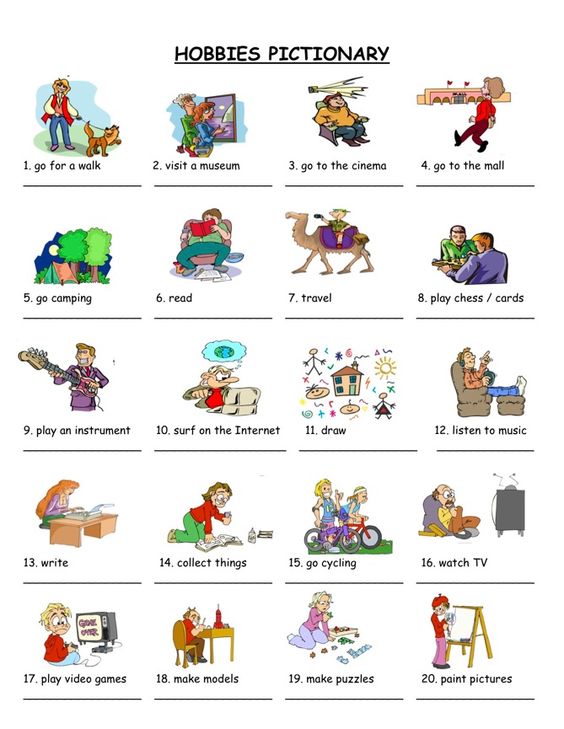
Hobbies
When we talk about our interests and the actions we carry out in our free time, we can use the same structure as the previous topic.
We start with a pronoun + hobbies + complement
Cuando hablamos de nuestros intereses y las acciones que realizamos en un nuestro tiempo libre , podemos usar la misma estructura del tema anterior.

Simple present
.
El presente simple expresa el hábitos diarios o las actividades habituales.
El presente simple expresa declaraciones generales de hechos.
En general, el presente simple se utiliza para eventos o situaciones que existen siempre o habitualmente.

Write the table in your notebook and watch the video.
Activity 2
Look at the cleaning roster and write the sentences about Jack and Jill need to do.
Remember use the next structure
a pronoun + Daily activities + on ( write the day)
Mire la lista de limpieza y escriba las oraciones sobre Jack y Jill que deben hacer.
Recuerda usar la siguiente estructura
un pronombre + Actividades diarias + on (escribe el día)


Adding the -S ending
Unas reglas que debemos seguir con los verbos al usar el presente simple son las siguientes
- Cuando estamos hablando en ingles de una persona a los verbos les vamos agregar un S al verbo.
visit visits
take takes
sleep sleeps
- Si el verbo termina en sh /ch/ ss /x / zz / o tendremos que agregar ES
wash washescatch catchesmiss missesfix fixesbuzz buzzesgo goes
- Cuando mi verbo termina con consonante + y vamos a eliminar la y por ies
fly flies
study studies
carry carries
Como preguntar y responder acerca de tu actividad favorita,
1. like to + verb
Podemos responder con like to + un verbo
I like to go to the movies. ( A mi me gusta ir al cine)
I like to watch TV (A mi me gusta ver la televisión)
2. like + verb ING
Podemos responder con like + verb ING
I like going to the movies (A mi me gusta ir al cine)
I like watching TV ( A mi me gusta ver la televisión)
Como te puedes dar cuenta podemos usar cualquiera de las dos para responder a la pregunta.




